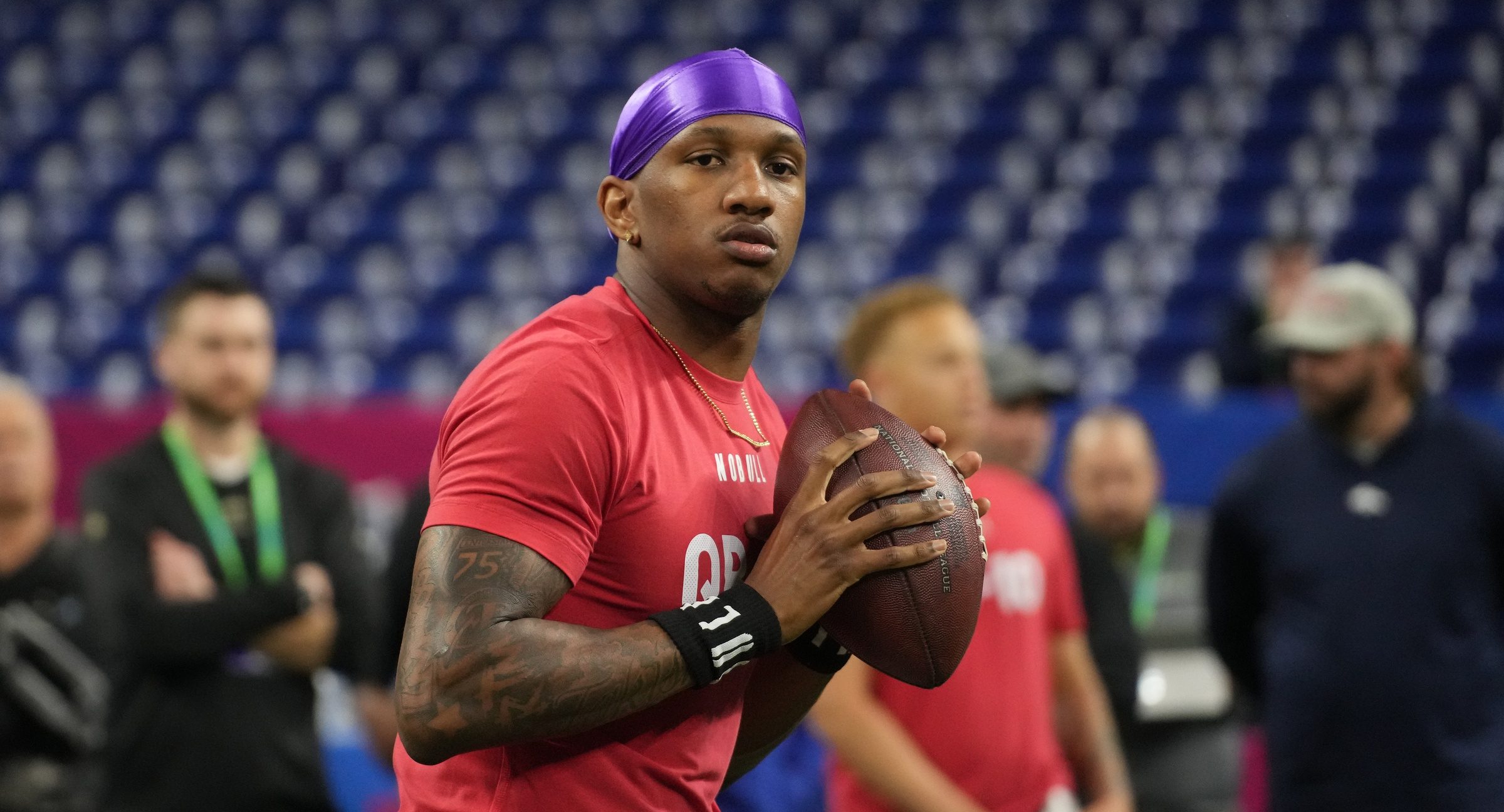On Monday, the Baseball Hall of Fame revealed the “Modern Era” ballot for the 2018 Hall of Fame class. The ballot consists of nine former players that weren’t elected to the Hall by the writers. To gain induction, a candidate will need to receive at least 12 votes from the 16 member panel, which will vote on the ballot during MLB’s Winter Meetings in December.
There’s also one executive on the ballot that should have been in the Hall years ago – former MLBPA head Marvin Miller.
Here’s a (very) brief capsule of Miller’s work, from the Hall of Fame’s website.
Marvin Miller was elected as the head of the Major League Baseball Players Association in 1966 and quickly turned the union into a powerhouse. Within a decade, Miller had secured free agency for the players via the arbitration process when Dave McNally and Andy Messersmith played out their contracts following the 1975 season. By the time Miller retired in 1982, the average player salary was approximately 10 times what it was when he took over.
Miller was one of the most influential men in the history of baseball, and he should be honored with a plaque in Cooperstown. After all, the 15-year MLB Commissioner that often sparred with Miller (and was often made to look like a fool thanks to his own doing), Bowie Kuhn, is in the Hall for no real reason aside from “longevity” and the fact that MLB’s owners made a shit ton of money when he was in charge.
He’s come close before – in 2003, he received 63% of the vote on a ballot voted on by all living Hall of Famers. In 2007, he received just three votes out of a 12 member panel that ended up electing Kuhn and consisted of just three ex-players (gee, I wonder who voted for Miller on that ballot).
Hell, even Bud Selig thinks Miller should be in the Hall.
“The criteria for non-playing personnel is the impact they made on the sport. Therefore Marvin Miller should be in the Hall of Fame on that basis,” Selig told a meeting of the Associated Press Sports Editors last spring. “Maybe there are not a lot of my predecessors who would agree with that, but if you’re looking for people who make an impact on the sport, yes, you would have to say that.”
In 2010, with the new 16 member voting electorate, Miller received 11 of the 12 votes needed for induction. He picked up just six of the needed 12 votes in 2013.
Will things be different this time around? Maybe. Hopefully. The exact composition of the committee (and the members of the committee) are unknown, and the Hall’s wording about the committee is nebulous.
The Modern Baseball Committee shall consist of 16 members, comprised of members of the National Baseball Hall of Fame, executives, and veteran media members. The Chairman of the Board of Directors of the National Baseball Hall of Fame and Museum, Inc. shall act as the non-voting chairman of the committee and shall act as non-voting Secretary of the Committee.
The 2010 committee that failed to elect Miller by just one vote was made up of eight players, four media members, and four executives, meaning that if the players were all pro-Miller and the executives were all anti-Miller, just one media member needed to be anti-Miller to deny his election.
I am hoping this will finally be the year where Miller is elected. I am not optimistic that will be the case. A Hall of Fame consisting of Kenesaw Mountain Landis, Happy Chandler, Ford Frick, Bowie Kuhn, and Bud Selig, but not Marvin Miller, is not a Hall of Fame that accurately depicts the history of baseball and honors all of those deserving. But then again, the Hall of Fame has always been about politics. This isn’t anything new.






